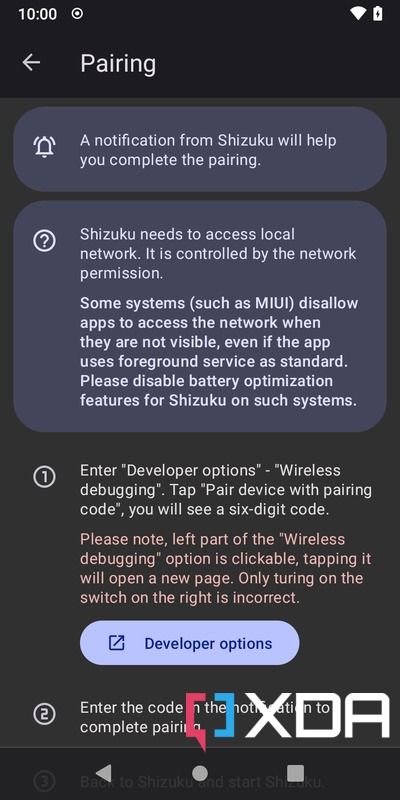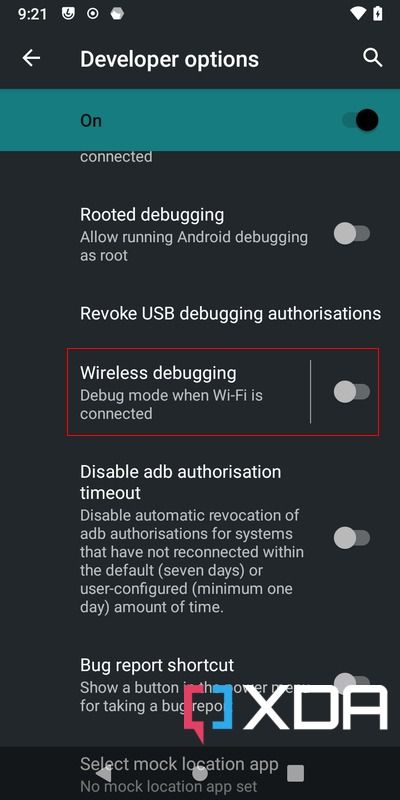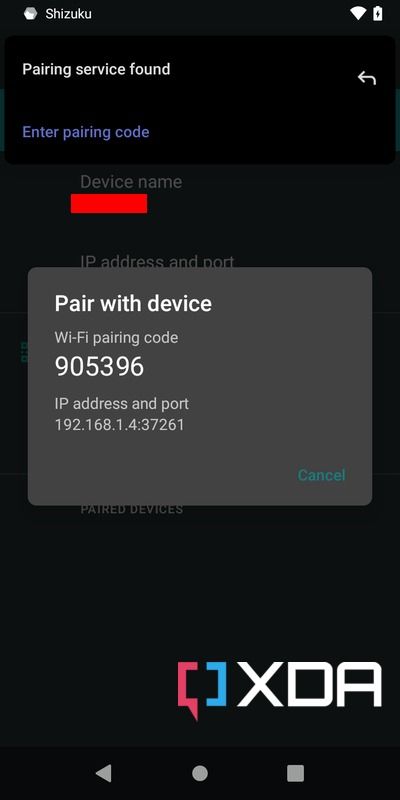Your Wear OS smartwatch can do much more than display notifications and count your steps. Many of the best Wear OS apps can help you be productive, stay on top of your tasks, control your smart home devices, and more. While most smartwatches come packed with a bevy of fitness and wellness features, you can still add a lot of new functionality to your watch using third-party apps.
Whether your goal is to get in shape, improve strength, start running, eat clean, sleep better, or all, there’s a perfect Wear OS app for everything.
Strava



Considered the holistic app for runners and cyclists, Strava for Wear OS provides an easy way to track your runs, rides, and hikes right from your wrist. Just install the app, grant location and sensor access, and you’re good to go. The app is well-optimized for Wear OS with a clean UI and an easy-to-navigate menu. It also has an auto-pause feature for running and bike rides which automatically pauses the recording session as soon as you stop your activity. The app can also track your indoor run and ride, freestyle workout, handcycle, and Nordic Ski. You can view a detailed breakdown of your completed activity on your smartphone. Note that the Wear OS app is limited to activity recording. Features like distance tracking, training & coaching, and community features are restricted to the mobile app.
Strava: Run, Ride, Hike (Free, Google Play) →
Seven — 7 Minute Workout



Don’t have hours to spend at the gym? No worries. Why spend hours sweating and soaking at the gym when you can squeeze a solid 7-minute workout into your busy day at home using the Seven app. The best part here is that you don’t need any special equipment. All workouts can be done with just your body. The app displays visual cues of the exercise on your smartwatch along with a countdown bar indicating how much time is left in the current set. Each set is followed by a brief rest period during which you can also see an overview of the upcoming workout. Once you complete the exercise, the training results, including your heart rate activity throughout the session, can be seen on your smartphone. You need to buy a monthly/yearly subscription to unlock all workouts and additional features.
Seven - 7 Minute Workout (Free, Google Play) →
Adidas Running (Runtastic)



Adidas Running is a powerful app that lets you track your fitness routines for running, walking, jogging, and cycling. In addition, you can also record more than 90 sports activities like cricket, yoga, swimming, basketball, etc. The Wear OS app can be used in two ways: in standalone mode or as a secondary display. In the standalone mode, the app uses the watch’s built-in GPS to precisely track your activity along with your heart rate data. However, in this mode, you can’t access features like Training Plans, Interval Traning, and Voice Coach. If you wish to use the watch as a second display, you’ll need to start an activity on your smartphone. Overall, it’s a great alternative to Strava.
adidas Running: Sports Tracker (Free, Google Play) →
Calm



Calm is one of the most popular apps for meditation, relaxation, and managing stress. It offers a range of guided breathing exercises to help you relax, focus, unwind, or energize yourself. Another useful feature is mood check-in which lets you track your current mood with the help of emojis and labels. The app also features a wide selection of meditation programs, sleep stories, and calming music which you listen to directly on your Wear OS smartwatch.
Calm - Meditate, Sleep, Relax (Free, Google Play) →
Lifesum



In addition to tracking physical activity, tracking your nutrition and calories is equally important. With Lifesum, you can track your meals and water intake right from your wrist. Your calorie goal is displayed prominently in the app, with a plus button appearing at the bottom that lets you quickly log your breakfast, lunch, dinner, and snacks. The circular green progress bar fills up as you log food/water data. In addition, the app can also keep tabs on your physical activity. Overall, the app is nicely designed but lacks some important features compared to the smartphone version.
Sleep as Android


Getting enough sleep is just as important as exercising and eating healthy. Most of the time, you’ll be perfectly fine with your smartwatch’s in-built sleep tracking. But Sleep as Android goes the extra mile to ensure you’re getting proper sleep and waking up on time. It has many additional features, including a smart alarm that wakes you up at an optimal time, CAPTCHA wake-up verification to prevent you from oversleeping, snoring detection, and sleep talk recording.
Sleep as Android: Smart alarm (Free, Google Play) →
Wake Up Well



Wake up Well is a smart alarm clock that lets you wake up fresh and energized. Unlike traditional alarms, which fire off at a specified time, Wake Up Well identifies your sleep phase and tries to gently wake you up when you’re in Rapid Eye Movement sleep. Studies show that in the REM sleep stage, your brain is more active, and your body is naturally waking up thus, it’s the best phase to wake up as opposed to the deep sleep stage. Wake Up Well uses vibrations to wake you up, so your partner or other people in the house aren’t disturbed.
Wake Up Well (Free, Google Play) →
That wraps up our round-up of the best fitness and wellbeing Wear OS apps. As you can see, there are a lot of amazing fitness and wellness apps to get the most out of your Wear OS smartwatch. While there are tons of other apps to consider, these are the best options, in our opinion.
- The Galaxy Watch 4 is Samsung's latest generation of smartwatches, and this Classic model retains the beloved spinning bezel from earlier watches.
- If you want a more minimalist look without the rotating bezel, the standard Galaxy Watch 4 offers all of the same features as the Classic.
These apps should work well across Wear OS smartwatches. But if you are looking to make a purchase, the Samsung Galaxy Watch 4 and Galaxy Watch 4 Classic get our recommendation.
The post These are the Best Fitness and Wellness apps for your Wear OS smartwatch appeared first on XDA.
from XDA https://ift.tt/GYovfNe
via IFTTT
































